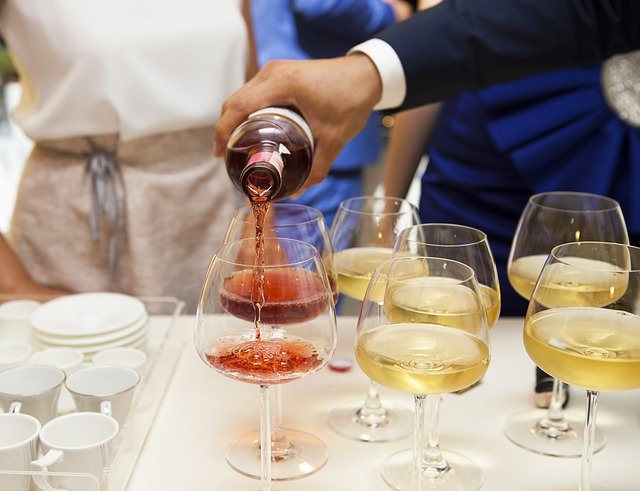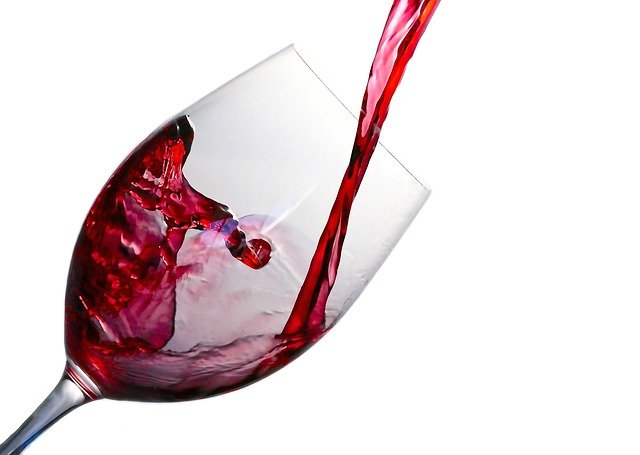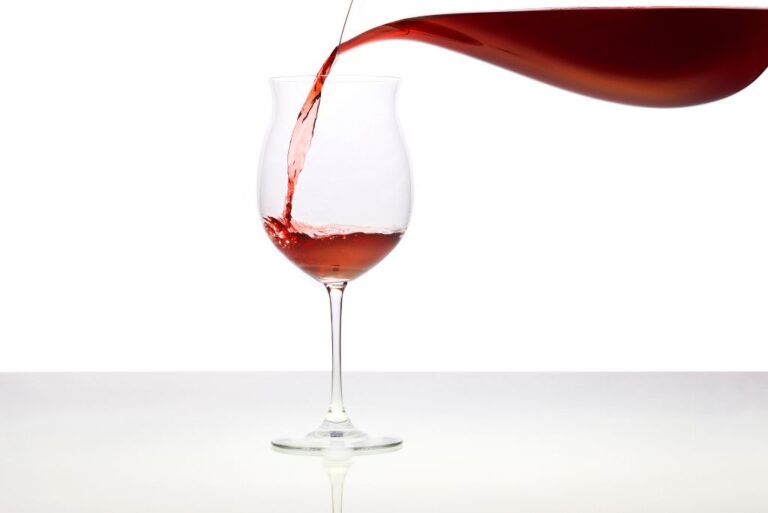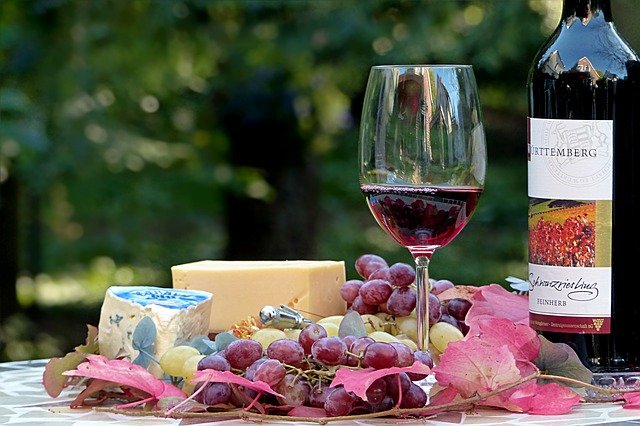Amarone is one of the most sought-after red wines in the world. It comes from the region of Veneto, Italy, and it’s made in an unusual way—it uses partially dried grapes that give it a dark color and robust flavor with smoky undertones.
For anyone who wants to learn more about Amarone, this article explains how to make it and other information you should know when ordering or purchasing this wine in Italy or abroad.
What is Amarone wine?
Amaroni is a type of red wine from Italy. It is a very intense, full-bodied wine with lots of acidity and tannins (for those of you who do not know what those words mean, don’t worry; we will explain them).
Amaroni wines are so called because they are made from partially dried grapes, which gives them their characteristic thick, powerful taste.
The process of drying grapes involves putting them out in the sun until they dehydrate to about half their original weight; it also concentrates their flavor and gives them more sugar content.
Why choose an Amarone wine?
Amarone is a wine region in northeastern Italy. If you are looking for unique characteristics of wines that go beyond ordinary, then look no further than an amarone wine. A typical amarone wine has a bold flavor unlike anything else you have tried before.
To get a grasp on what makes an amarone such an intense and robust wine, it is important to understand what makes these wines so special.
Here are 5 reasons why choosing an amarone for your next bottle of wine is a great choice: Variety of flavors to choose from: There are many different types of flavors that can be found in an amarone wine and they don’t always align with what you may think when first trying one out.
What does it look like?
A glass of wine with a red or purplish hue, an opaque body and very little to no head. Some Amarones are aged in large wooden barrels (called botti) which imparts a strong smoky flavor and scent.
The wine can be fruity and bold, with strong hints of dried fruits, raisins and alcohol. This is why you’ll often see Amarones paired with chocolate desserts or rich entrees.
It’s also important to remember that its powerful flavor means it takes on other foods quite easily; for example, if you pair it with something salty you’ll lose some of its sweetness.
How do you drink it?
Like most Italian wines, Amarone is at its best when it’s paired with food. Most commonly it’s enjoyed with hearty meats such as game or roasted duck. Because of its high tannin content, however, it can also stand up to bold cheeses and heartier fish dishes like salmon or shrimp scampi.
To make sure you’re serving it at its peak flavor, try to drink a bottle within 3-5 years of its vintage date and store it in a cool dark place (like a wine cellar).
Do your research on when a particular vintage was released so you can be sure that you are giving yourself ample time to enjoy your bottle of Amarone.
Do you have any tips for tasting amarone wine?
Despite its name, amarone wine isn’t actually wine. Rather, it’s a grape-based spirit distilled in Verona and then left to age for at least two years. According to Italian law, amarone must be aged for a minimum of two years.
In recent years, however, some makers have been aging their amarones for 10 or more years.
And while it might not technically be wine, there are plenty of characteristics that you can expect from most amarones: they tend to offer rich flavors with an almost smoky edge and finish that lingers on your tongue.
Amarone’s Amazing Journey From Vine To Vincarta
Vincarta B.V. is a family-owned and operated business, which has been in operation since 1545. Originally established as a market for fruit and wine, Vincarta has come to be known as one of the premier establishments for buying fine wines from all over Italy and from around the world.
Here at Vincarta, we pride ourselves on being able to offer our customers only high quality wines at reasonable prices. Our selection includes not only numerous fine wines, but also other spirits and items related to wine making including: decanters, glasses, bar accessories and much more.
All of our products are hand picked by our team of experts who have spent years tasting wine in order to make sure that they know exactly what you’ll like!
When should I drink Amarone?
Amarone is a red wine that pairs nicely with heartier meals, which makes it a great option for traditional Thanksgiving favorites like turkey and ham. For example, to complement turkey’s natural meatiness, go for an Amarone with bold flavors of plum and cherry.
Looking for something lighter? Try an unoaked chardonnay or sauvignon blanc; both pair beautifully with turkey’s subtle sweetness.
And don’t worry if you think your usual Thanksgiving wines won’t mesh well; most red wines can be paired with almost any poultry or meat dish on your table, provided you match them in terms of richness and body.
Is Amarone dry or sweet?
The biggest misconception about Amarone is that it’s sweet. Most likely, your first encounter with an Italian wine was a Chianti, which is soft and light. You don’t have to be a wine connoisseur to know that sweets aren’t always from Italy
In fact, you might often find them from South America or Australia. So why does everyone believe Amarone is also sweet?
This could be because of its origins—Amarone comes from Italy’s Veneto region and has been made there since at least 1851, so perhaps it should be considered a staple like Chianti.
Why is Amarone so expensive?
Amarone has a high alcohol content, typically ranging from 14 to 18 percent. The grapes used in an Amarone blend are dried on straw mats for approximately 2-3 weeks prior to being pressed and fermented.
This drying process concentrates sugars which translates into a higher alcohol content. The finished wine is then aged for at least three years, with some producers choosing to age their wines for decades before releasing them for sale.
These extended aging periods contribute to the high price of Amarones and make it difficult for smaller wineries to compete in its production.
What makes Amarone special?
One of Italy’s most unique wines, Amaron is a rich and high-alcohol red wine that was originally created to help offset a scarcity of resources in Venice. It’s made from partially dried grapes (known as passito) that are typically cooked down until they caramelize.
This gives them an incredibly unique flavor profile and mouthfeel—almost chewy, but with strong flavors of dark fruit, like raisins and plums. And while it may sound similar to Port wine or Madeira, Amaron is definitely its own beast.
First released by Cusumano in 1945, there are now hundreds of different producers making their own spin on Amaron across Italy.
Final Words
Tannins, Color, Alcohol : First things first: have you heard of tannins? These compounds can make wines taste bitter or mouth-puckeringly astringent. It’s not a good flavor for everyone, but if you love red wine and seek out its darker hues, tannins are an important component to consider when picking a bottle.
The more tannins in a wine, the more likely it is to be high in polyphenols and antioxidants—and lower in alcohol.
Red wines with strong tannin profiles typically come from older grapes that have been subjected to cooler temperatures during fermentation, and so tend to contain lower levels of alcohol than lighter-hued ones.







